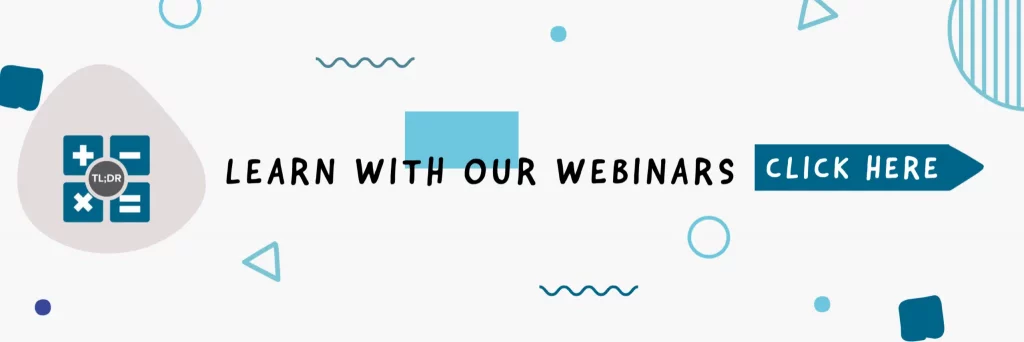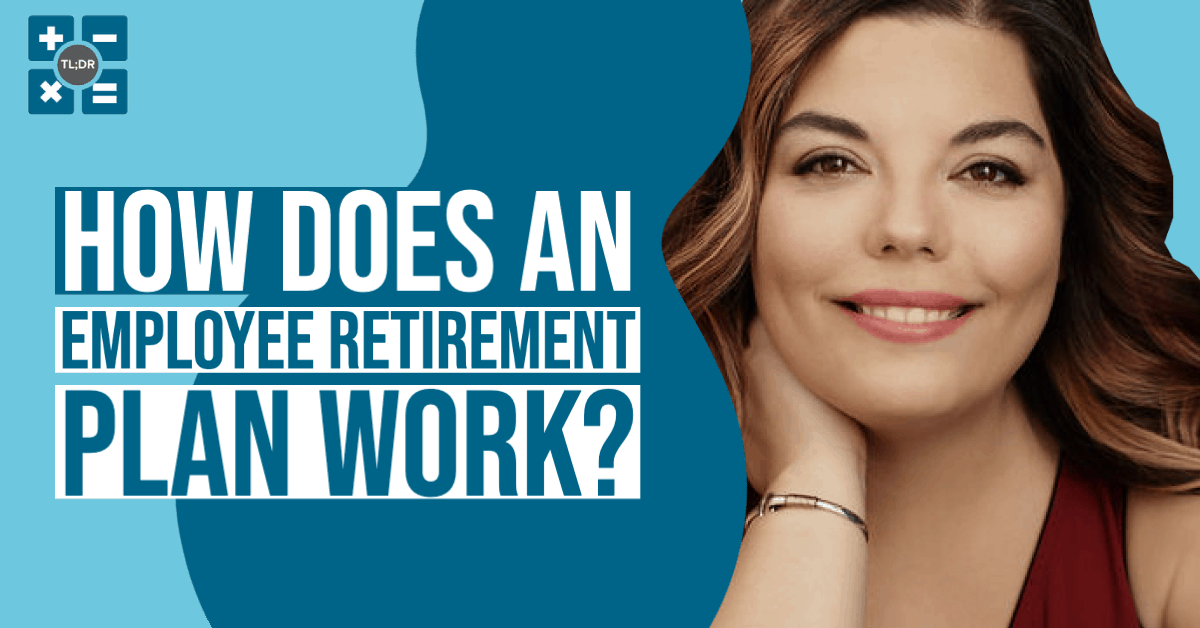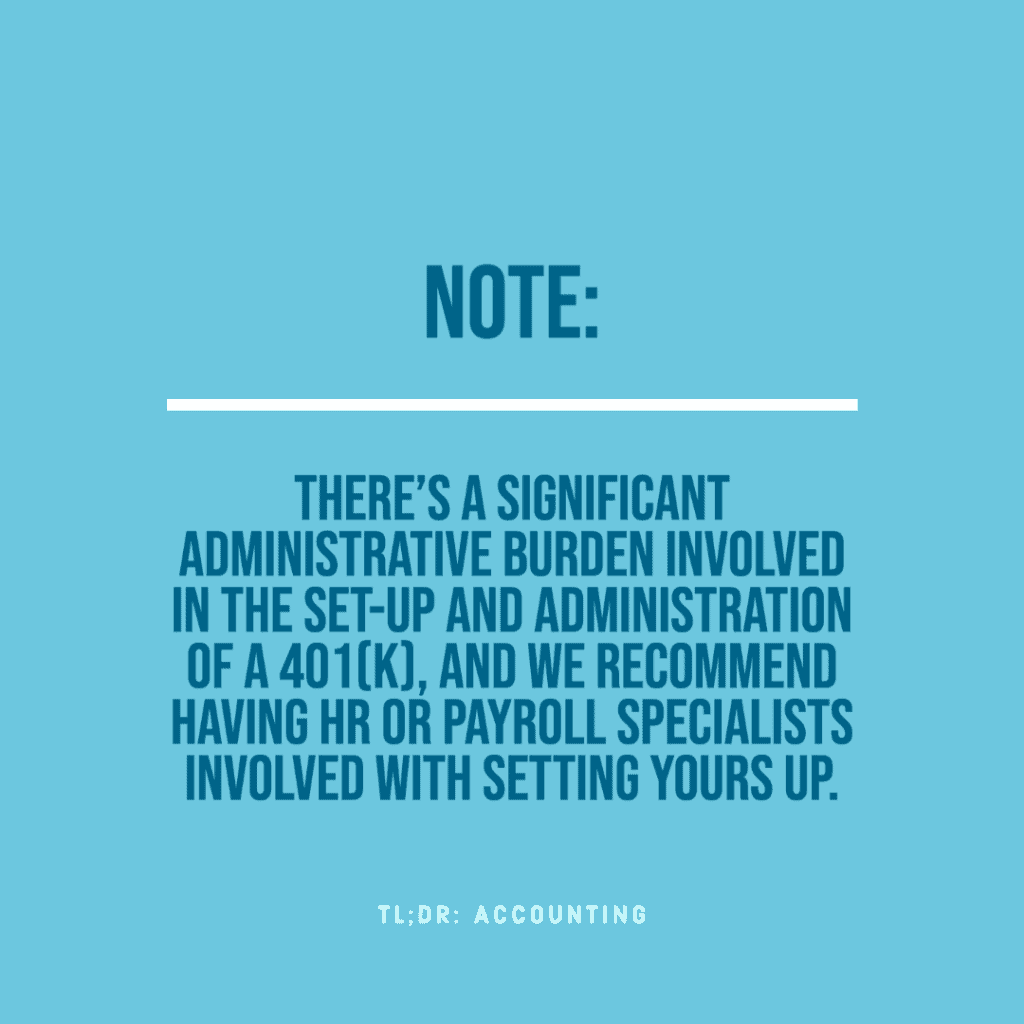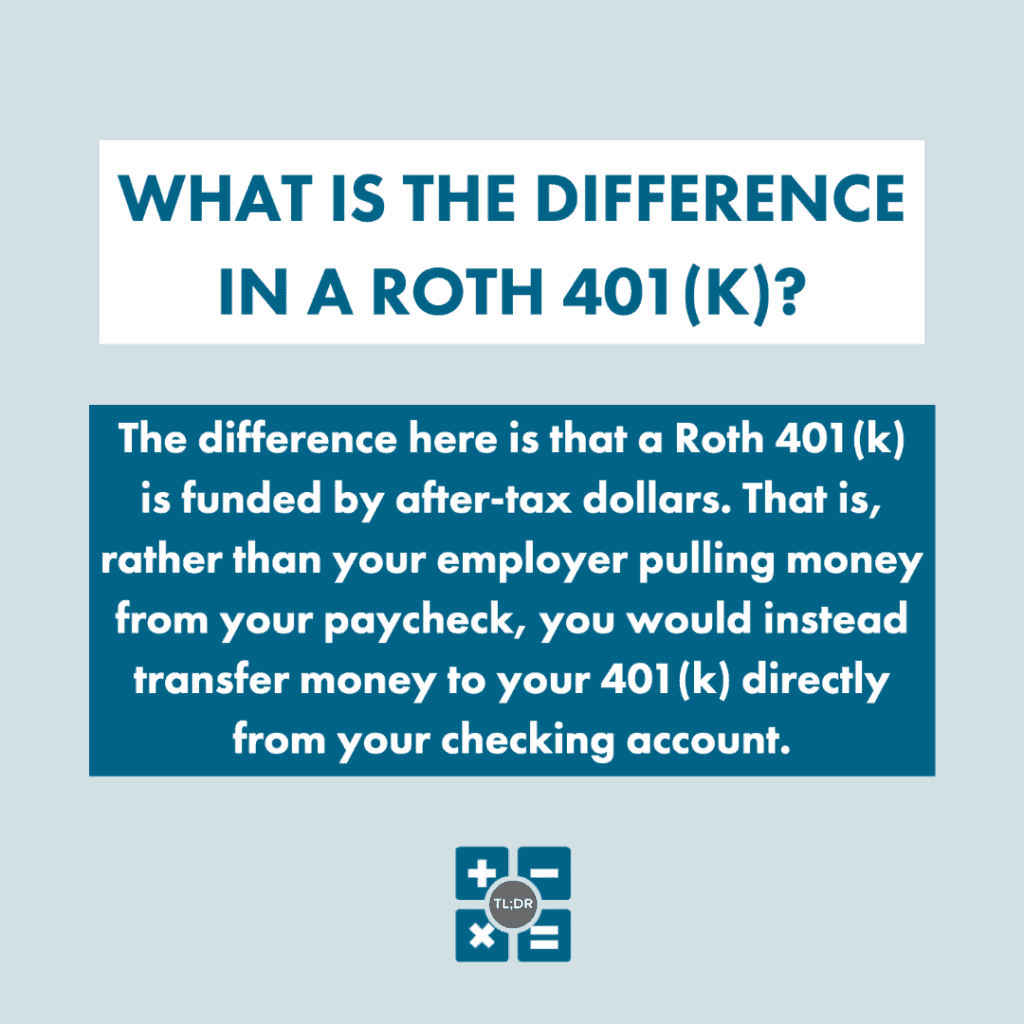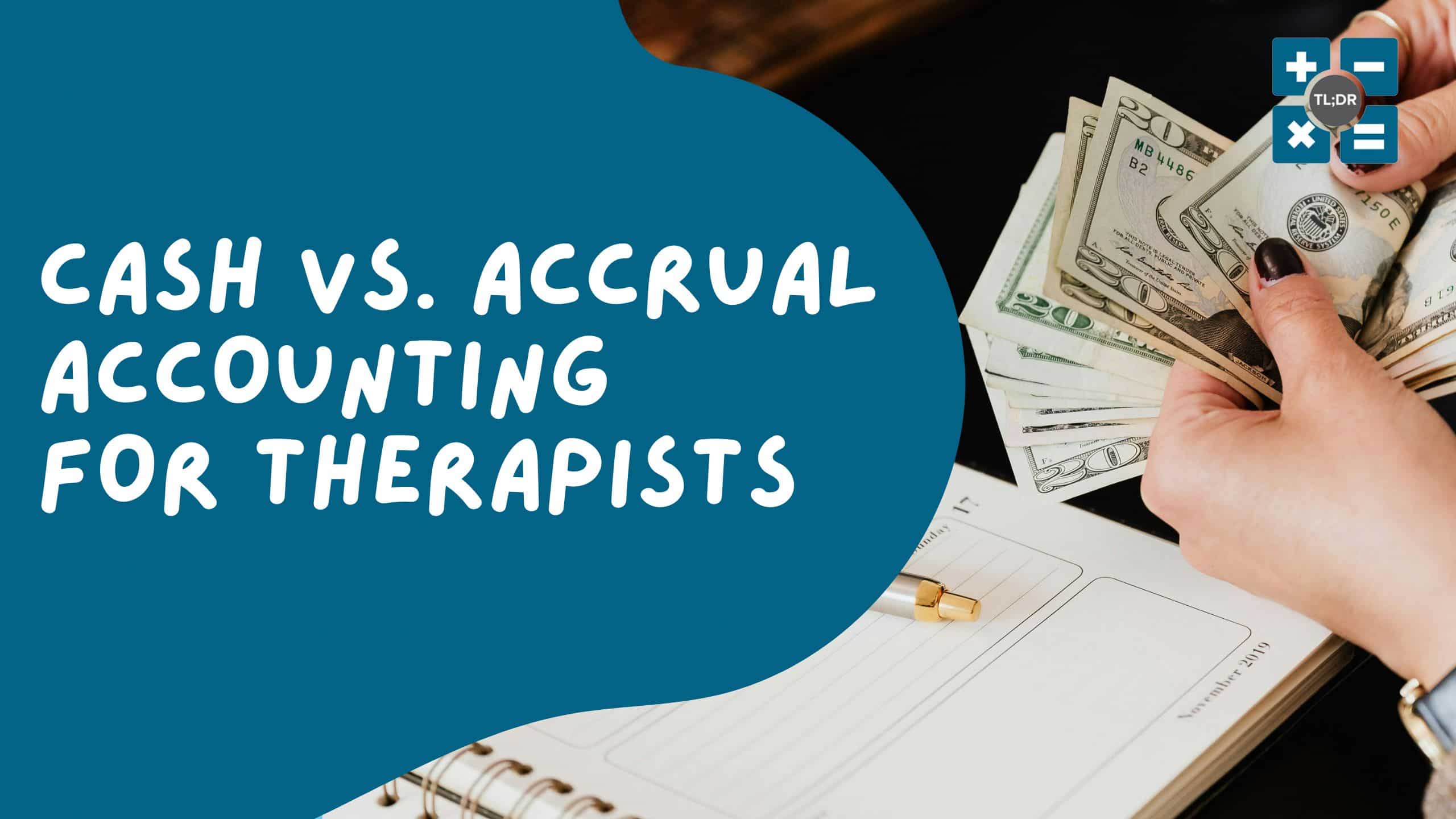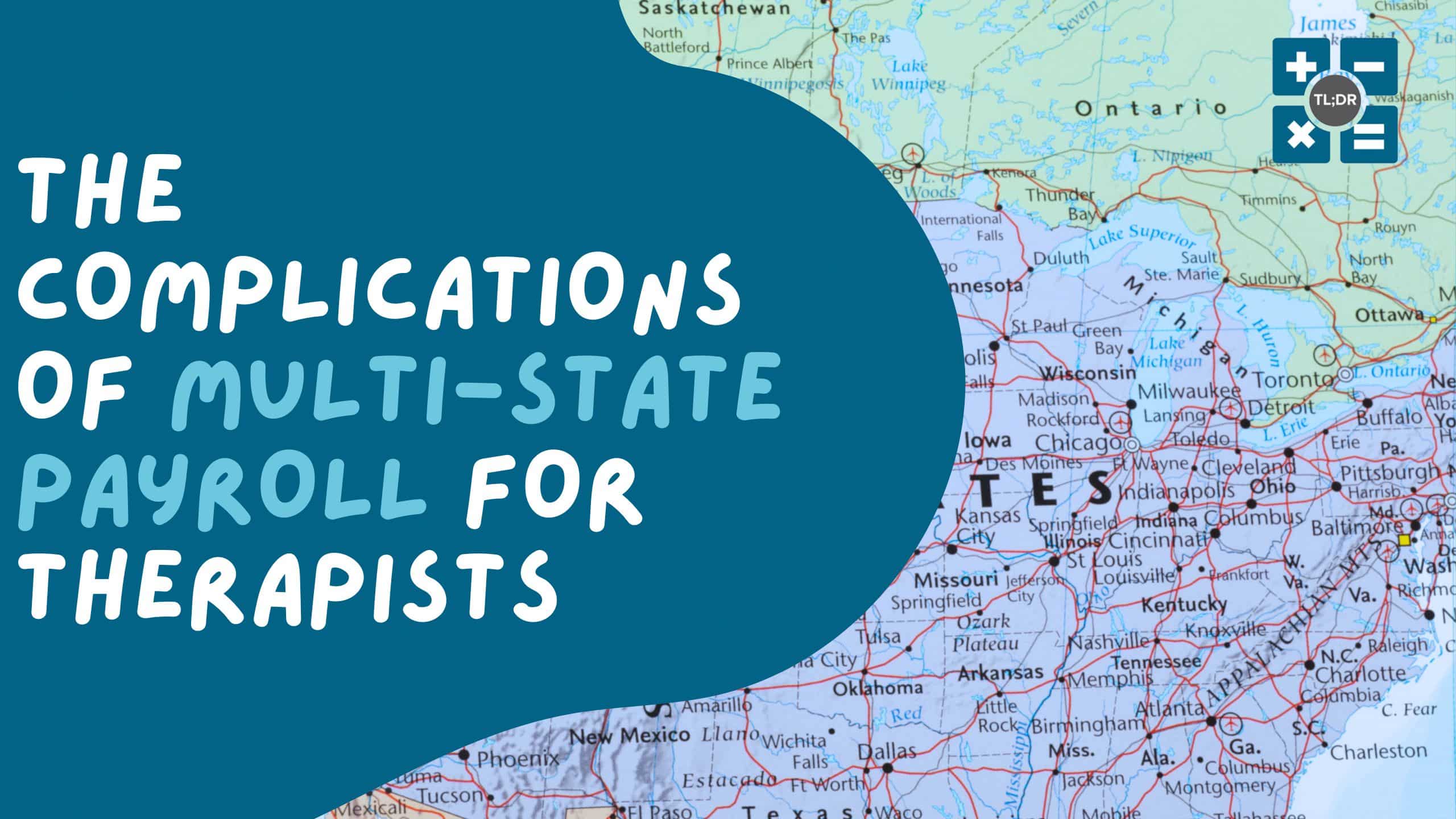Does your employer offer a 401(k) retirement plan?
Retirement plans may seem really complicated, but they are worth figuring out if you want to get the most out of them. The reasons for all the complex rules and limits involved with retirement plans do indeed have a purpose:
- There are laws in place to make it difficult to pull money out of a retirement plan — especially a 401(k) — to encourage employees to leave the money there and let it grow.
- All of your own contributions, as well as all vested employer contributions, are yours and will still be available to you if you leave your employer.
- To prevent fraud and abuse of your nest egg, there are restrictions on what your employer can do with your money.
We at TL;DR Accounting assure you that, as an employee, it’s worth looking into your employer’s 401(k) plan to see what it can do for you. Every 401(k) plan is different, but there are attributes that they all share. Let’s start with the basics.
The Basics of a 401(k) Plan
A 401(k) plan is a retirement plan that can only be set up by employers. That’s right: you can’t just go off and establish your own 401(k) plan for yourself (unless you own a business). Even then, you probably wouldn’t want to do that if you’re like most people. There’s a significant administrative burden involved in the set-up and administration of this kind of plan, and we recommend having HR or payroll specialists involved with setting yours up.
401(k) plans are defined-contribution plans
A 401(k) plan is a defined-contribution plan. This means that with each paycheck, you get to decide how much money goes into your 401(k). Your employer may or may not contribute to your retirement plan, but they have to treat all employees the same way (as a percentage of salary). For example, your employer may contribute 3% of each employee’s salary towards their 401(k) plans.
401(k) plans are tax-deferred
Contributions to a 401(k) are tax-deferred. In other words, you don’t have to pay income taxes on the money you contribute to your 401(k) until you start pulling the money out, which (ideally) would be after you retire. If, like most people, your earnings during your working years exceed your earnings during retirement, this will probably save you a lot of money in taxes overall.
Withdrawing from a 401(k)
If you need to pull money out of your 401(k) before you are of retirement age, you must pay income tax on the withdrawal. Unless you qualify for an exception, you will also have to pay a 10% penalty on the withdrawal amount. Exceptions include:
- Major life events,
- Qualifying home purchases, and
- Certain higher education expenses.
Alternatively, you can structure a 401(k) withdrawal as a loan to yourself from your 401(k) account. You can legally borrow the lesser of 50% or $50,000 from your 401(k) plan without having to face a penalty. You’ll have to contact your employer for the interest rate and other specifics about a 401(k) loan, but we can tell you that any interest you pay would go into your 401(k) account, so you would be paying “future you” interest on the borrowings.
Roth 401(k) plans
Your employer may offer a Roth 401(k) plan. The difference here is that a Roth 401(k) is funded by after-tax dollars. That is, rather than your employer pulling money from your paycheck, you would instead transfer money to your 401(k) directly from your checking account. Since the money has already been taxed, Roth 401(k) funds are not taxed when they are distributed to you after retirement.
If your employer offers both a Traditional 401(k) and a Roth 401(k), you can divide your contributions between the two if you like.
If There’s a Matching Contribution, Maximize It!
As we mentioned above, two parties will generally be contributing to your 401(k) account: you and your employer. Some employers do not contribute to 401(k) accounts; if this is the case, it’s all you! Other employers contribute a set amount to employee 401(k) accounts regardless of employee contributions.
But many employers provide matching funds when their employees make a contribution. If your employer matches your contributions, they’ll look at how much you contribute to retirement and will contribute the same amount, which in effect doubles your contribution! For example, if your employer matches up to 3% of your salary, and you sock away 3% of your own money into your account, your employer will essentially give you 3% of your salary by paying it into your 401(k).
We at TL;DR Accounting highly recommend that you maximize your 401(k) matching if at all possible. Sure, you won’t have access to the matching contribution for a while, maybe a very long while, but why would you say “no” to free money?
Can I Have Both an IRA and a 401(k)?
An IRA is an Individual Retirement Account, and there are two general types of IRAs: the Traditional IRA and the Roth IRA. Much like with a 401(k) versus a Roth 401(k), the difference between the two varieties of IRA are when the money gets taxed. Traditional IRAs are tax-deferred like a 401(k), but for a Roth IRA your contributions are after-tax.
You can have both an IRA and a 401(k). Basically, if you’ve already maximized your employer’s 401(k) matching and you have the money to spare, there’s nothing stopping you from contributing extra to an IRA! You may be happier with the flexibility of an IRA because you have many more options as far as who is managing your money and how they do it.
The 401(k) has a very high contribution limit. Even after you maximize your employer’s match, you can contribute a maximum of $19,500 towards your 401(k) each year (or $26,000 if you are aged 50 or over by the end of the year). The IRA limits are much lower: $6,000 if you are under 50 or $7,000 otherwise.
Regardless of how you choose to save, you’re leaving money on the table if you do nothing. Ask your employer about your 401(k) plan today!
TL;DR: A 401(k) plan is a tax-deferred retirement plan that can only be set up by an employer. You can contribute up to $19,500 ($26,000 if 50+) to your 401(k) each year, and many employers match contributions up to a certain percentage of salary. We highly recommend maximizing your employer match. Once contributions are in your 401(k) account, it’s hard to get the money back out without paying a penalty. You can have an IRA in addition to your 401(k) if you like, but your employer is not going to contribute towards your IRA like they would for a 401(k).
